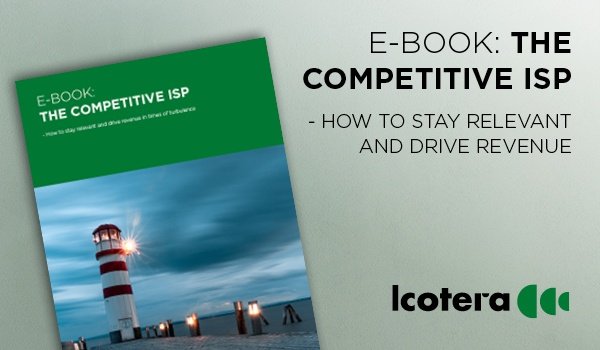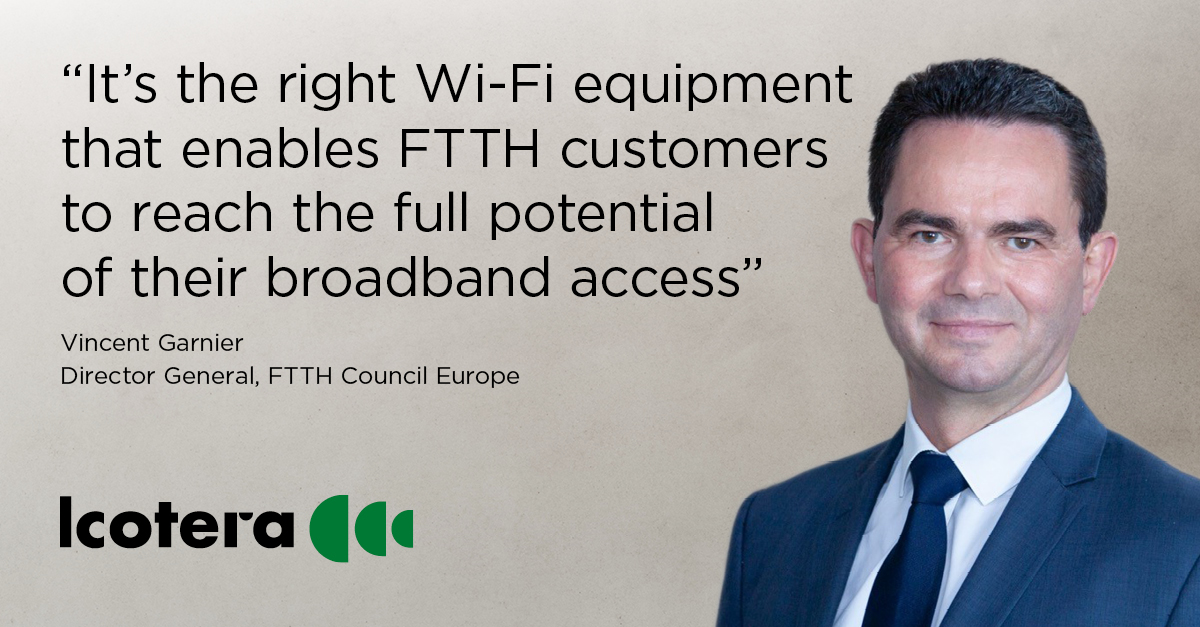Fiber is being deployed throughout Europe rapidly. ISPs are increasingly expected to deliver a high-quality network and superior in-home connectivity where the delivered bandwidth and speeds match the customer’s Internet experience. In this article, Vincent Garnier, Director General at FTTH Council Europe, sheds light on these current developments.
There is a revolution happening in Europe as we speak.
Through regulatory frameworks, such as the European Electronic Communications Code (EECC), fiber deployment is currently driven by an increased level of investment from private investors.
According to the latest Panorama market report, European countries are increasingly expanding their fiber infrastructure compared to just four years back. As of September 2020, 183 million homes have been passed with fiber across Europe, which is over half of all homes in Europe. Three countries are responsible for the future growth in fiber infrastructure:
– Germany, Italy, and the UK will determine whether Europe meets its fiber deployment targets, and the latest figures show that they are prioritizing and committed to rolling out fiber. These three countries alone account for 60 percent of the remaining homes to be passed with fiber, explains Vincent Garnier, Director General at FTTH Council Europe.
Garnier sees fiber playing a vital role in the European Commission’s regulatory focus on a ‘green Europe’ and ‘digital Europe’, adding that fiber is the greenest broadband access network technology available. He also highlights that it is an enabler of multiple digital applications and will continue to play an essential role in reducing a society’s carbon footprint.

"It is increasingly important to provide FTTH customers with the right Wi-Fi equipment that enables them to reach the full potential of broadband access.”
– Vincent Garnier, Director General at FTTH Council Europe
The importance of quality
To secure the best possible fiber service, the speed of installation must not compromise the operational quality of the network itself. It is in the internet service providers’ best interest to install the fiber cables correctly, ensuring a high-quality connection that is superior to other competing technologies like copper.
Garnier points to the risk of fiber being rolled out too quickly at the expense of quality, as he explains:
– In some countries, we see difficulties with many sub-contractors working on the network and insufficiently trained staff. From our perspective, quality is the best approach to ensure future-proofed fiber, with a 30-year lifetime, with minimal maintenance. And we know that the quality of the network also affects the take-up rate.
When fiber is installed and available at an address, ISPs face the challenge of selling a fiber service to customers. It takes time to convince customers, which is why there is a lag from installation to acquiring a customer – all of which can be averted.
– If you want to speed up this conversion rate, you should look at what sort of high-quality services you can bring to customers using the potential of fiber. If you want to charge a premium, you need to make sure that customers can measure the benefits they get from fiber versus the previous copper solution, suggests Garnier.
Delivering superior in-home connectivity
Garnier points out that there is often a discrepancy between the fiber bandwidth delivered to the home and the fiber connection experienced by the customer.
– ISPs play a crucial role in convincing customers to choose a fiber connection. There are still challenges surrounding the edge of the network, in-home connectivity, and ensuring that customers gain the full potential of the access network bandwidth delivered by fiber, says Garnier.
Customers no longer use a cabled fiber connection. Instead, they connect all their devices to a Wi-Fi router, which they use for a wide range of activities like streaming, gaming, and video conferencing.
How the fiber connection is experienced through Wi-Fi will determine its success and, ultimately, the take-up rate, as Garner explains:
– An end-user does not focus on parameters like Wi-Fi pollution or drop in bandwidth caused by the provider on the access network. They will only focus on whether the overall Internet experience is upgraded or degraded. Quite often, customers with a fiber connection do not have Wi-Fi equipment aligned with the potential of their broadband access, explains Garnier.
The ISP runs the risk of reducing customer satisfaction or even losing customers if they do not take in-home connectivity into account. Garnier ends:
– If your neighbor is telling his friends and family that he just got a fiber connection, but it is worse than his old copper connection, converting customers to fiber will take time. It is increasingly important to provide FTTH customers with the right Wi-Fi equipment that enables them to reach the full potential of broadband access.
FAST TRACK:
- A recent market report (Fibre Market Panorama 2021) shows that European countries are rapidly expanding their fiber infrastructure compared to four years ago. Over 183 million homes have now been passed with fiber.
- Aiming for a high-quality fiber installation makes the selling of a fiber service effortless. In addition, customers need to measure the benefits of their fiber compared to their old copper connection.
- ISPs should focus on securing in-home connectivity and providing the right Wi-Fi equipment, focusing on aligning the fiber delivered with the fiber experienced by the customer.
The FTTH Council Europe is an industry organization with more than 150 member companies. Their mission is to advance ubiquitous full fiber-based connectivity to the whole of Europe. Their vision is that fiber connectivity will transform and enhance the way we live, do business, and interact, connecting everyone and everything everywhere.
![]()
WANT TO KNOW MORE about how your ISP business can stay ahead of the competition and achieve long-term competitive resilience, enabling you to run your business in ever-changing market conditions? Download our E-book: The competitive ISP - Enjoy the read!
Download E-book: The competitive ISP here

